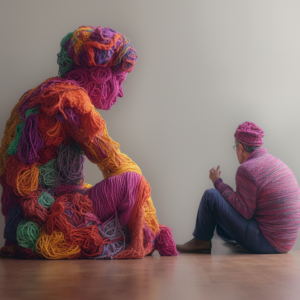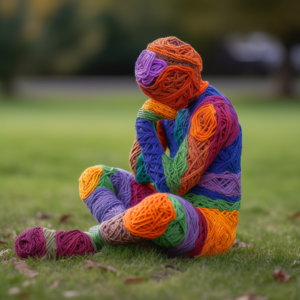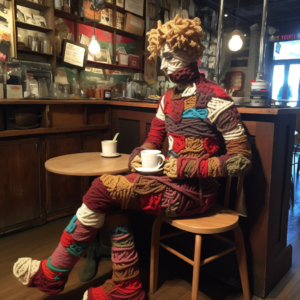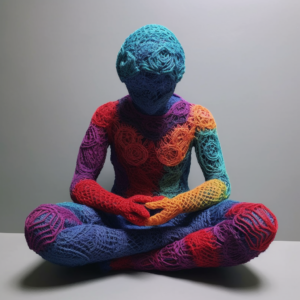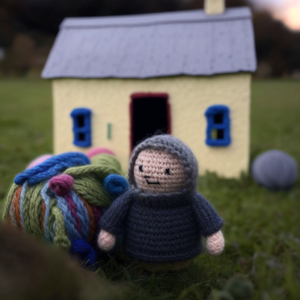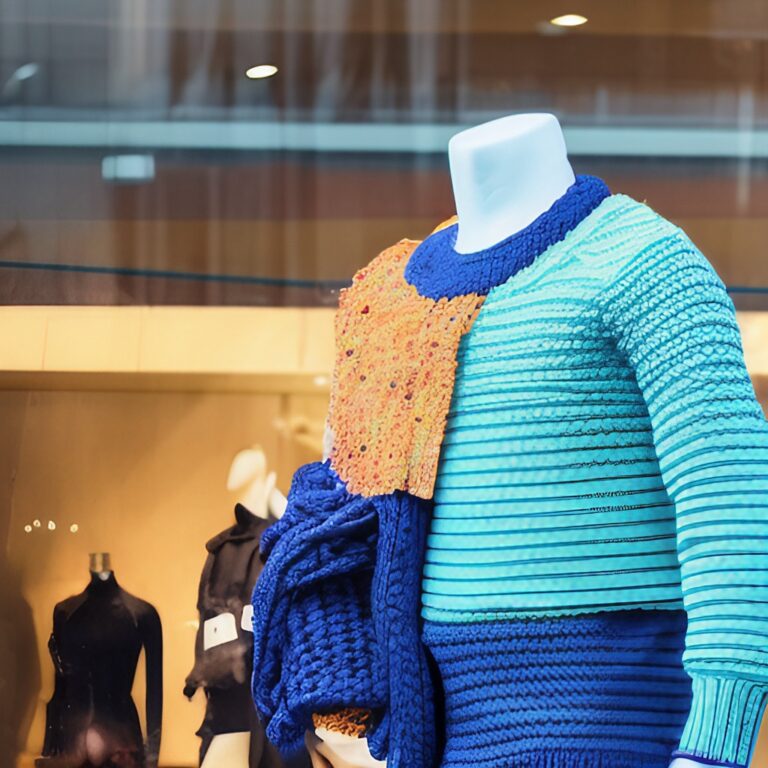
Autism and clothing sensitivity can be a challenge for individuals on the autism spectrum. For many people on the autism spectrum, sensory sensitivities and difficulty with social cues can make it difficult to navigate the world of fashion. However, the way we dress can have a significant impact on our self-esteem, confidence, and overall well-being. That’s why it’s important for neurodivergent individuals to consider what they wear and how it affects them. In this article, we will share 7 tips to help individuals with autism create a wardrobe that balances comfort and style, boosting their self-esteem and confidence.
Understanding Autism and Clothing Sensitivity
One of the biggest challenges that neurodivergent individuals face when it comes to fashion is sensory sensitivities. Many people with autism experience heightened or decreased sensitivity to certain fabrics, textures, and colors. For example, some individuals may find certain fabrics to be too scratchy or itchy, while others may find certain colors or patterns to be too overwhelming. This can make clothing feel uncomfortable. Understanding your sensory sensitivities is key to making informed choices about what to wear. Avoid fabrics that may cause discomfort or distress and opt for comfortable and well-fitting clothing.
Navigating Social Cues and Fashion
For many people on the autism spectrum, understanding and interpreting social cues can be difficult. This can make it challenging to know what is considered appropriate attire for different occasions, or how to dress in a way that is socially acceptable. To help navigate this challenge, it’s a good idea to seek out advice from trusted friends or family members who understand your needs and can help guide you in the right direction.
The Impact of Fashion on Self-Esteem and Confidence
Clothing can significantly impact our self-esteem and confidence. The way we dress can affect how we feel about ourselves and how we’re perceived by others. For example, when we’re dressed in clothes that make us feel good, we’re more likely to feel confident and self-assured. Experimenting with different styles can help individuals with autism find clothing that makes them feel good.
7 Tiny Tips for Autism and Clothing Sensitivity
- Understand your sensory sensitivities
Take the time to understand your own sensory sensitivities and make more informed choices about what to wear. Avoid fabrics and textures that may cause discomfort or distress. - Seek out advice from trusted friends or family members
If you’re having trouble understanding social cues or what is considered appropriate attire, seek out advice from trusted friends or family members who understand your needs and can help guide you in the right direction. - Invest in comfortable and well-fitting clothing
Invest in clothing that is comfortable and well-fitting, this will help you feel more at ease and confident. - Try different styles
Experiment with different styles, you might be surprised to find something that you like and that makes you feel good. - Make use of technology
Some apps and websites are available that help create outfits and recommend clothing that is comfortable and appropriate for different occasions. - Pay attention to how different clothing makes you feel
Pay attention to how different clothing makes you feel, and make a note of what you feel good in. - Be true to yourself
Remember that fashion and personal style are a form of self-expression. Be true to yourself and wear clothes that make you feel good, even if they’re not the latest trend.
We hope that these tips have been helpful in navigating the challenges of autism and clothing sensitivity. Remember, fashion and personal style are a form of self-expression, and everyone deserves to feel comfortable and confident in their clothing choices. Follow these 7 tiny tips and you can create a wardrobe that helps you feel your best.
Do you have any additional tips or suggestions for autism and clothing sensitivity? Please share them with us in the comments below!
Similar Articles
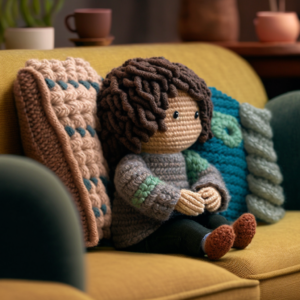
Creating an Autism Friendly Home Environment
Table of Contents Introduction Benefits of an Autism Friendly Home Environment for Late-Diagnosed Autistic Adults Importance of Communication and Collaboration in Creating an Autism Friendly

Mindfulness and Autism: Exploring the Benefits of Meditation for Late-Diagnosed Autistic Adults
Table of Contents Mindfulness and Autism: Introduction Understanding the Connection Between Mindfulness and Autism Mindfulness-Based Interventions for Autism: Current Research and Future Directions The Benefits
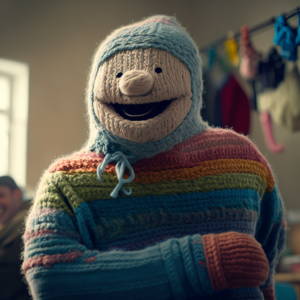
Autism Clothing Adjustments: Empowering Individuals for Comfort
Autistic individuals often have sensory sensitivities that can make wearing certain types of clothing uncomfortable or overwhelming. However, with some adjustments, clothing can be made

